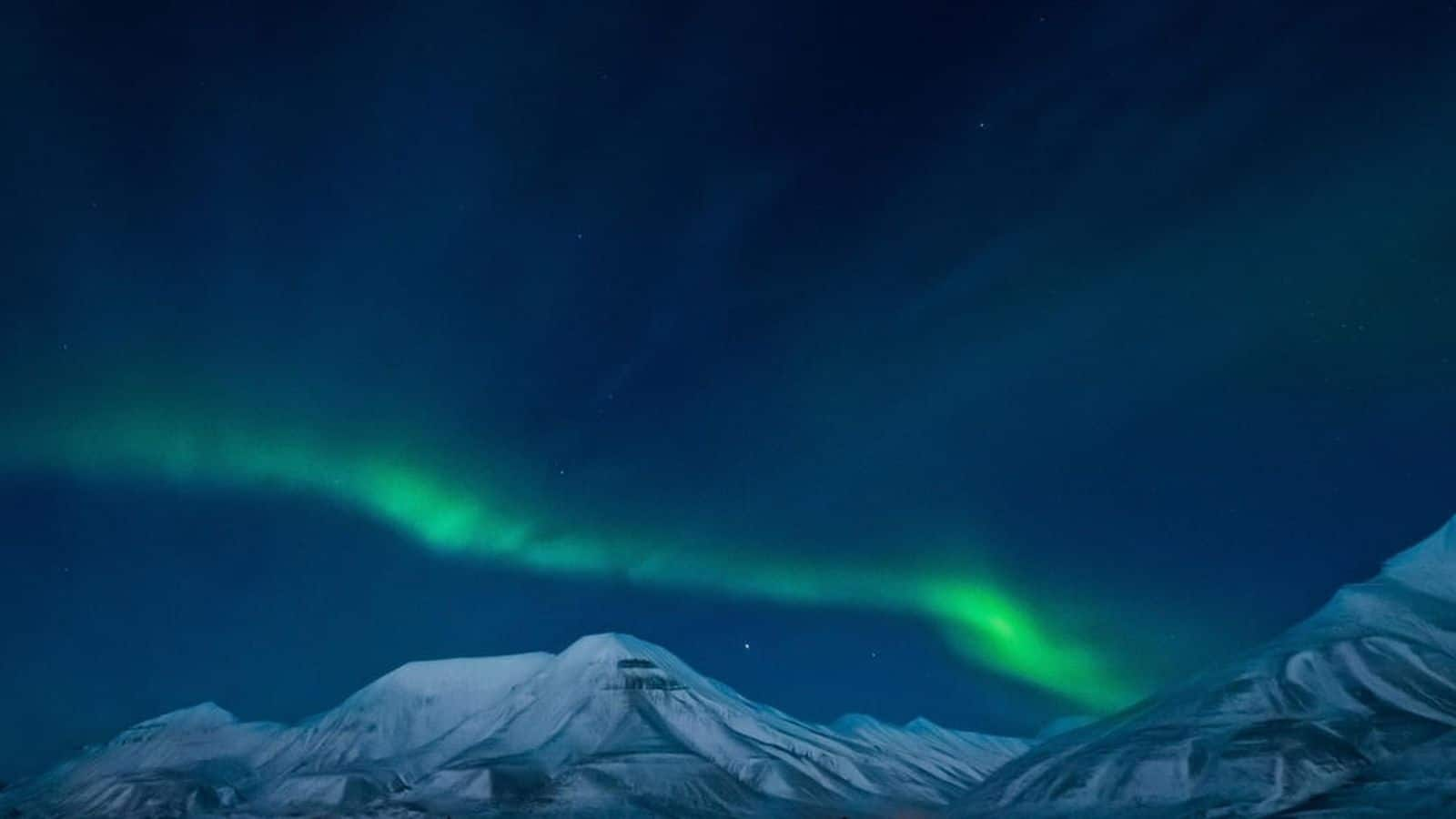
Embrace the polar night in Longyearbyen, Norway
What's the story
Longyearbyen, situated in the remote Svalbard archipelago of Norway, offers a unique experience known as the Polar Night. During this period, from late October to mid-February, the sun does not rise above the horizon, enveloping the town in continuous darkness. Despite this seemingly perpetual night, Longyearbyen bursts with life and activities specifically designed to embrace the polar night's magical atmosphere, ensuring a vibrant experience.
Aurora viewing
Witness the northern lights
Watching the Northern Lights in Longyearbyen during the polar night is unforgettable. With no sunlight, the dark sky becomes a canvas for these colorful displays. Guided tours lead visitors to the best spots, away from city lights, for clear views. It's essential to dress warmly and have patience; this natural spectacle is truly worth the wait.
Snowmobiling
Explore on snowmobiles
Exploring Longyearbyen and its surroundings by snowmobile offers an exhilarating way to experience the Arctic wilderness during polar night. Guided tours cater to all levels of experience and provide all necessary equipment. You'll traverse frozen landscapes and icy fjords under a starlit sky, possibly catching glimpses of wildlife like reindeer or Arctic foxes along your journey.
Ice caving
Discover ice caves
Beneath the vast glaciers of Svalbard, a network of ice caves offers an adventure into the heart of ice. Tours provide helmets and headlamps for safety as visitors embark on a journey underground. The caves reveal breathtaking ice crystals and frozen waterfalls, creating a surreal landscape. This hidden world beneath the glacier's surface promises a glimpse into an icy wonderland, waiting to be discovered.
Cultural insight
Visit Svalbard Museum
To understand Longyearbyen's history and culture during your visit, stop by the Svalbard Museum. It offers insights into early explorations, mining history, geology, flora and fauna of this unique region through engaging exhibits. Visiting during the polar night adds an extra layer of appreciation for how people have lived and thrived in these extreme conditions over the centuries.